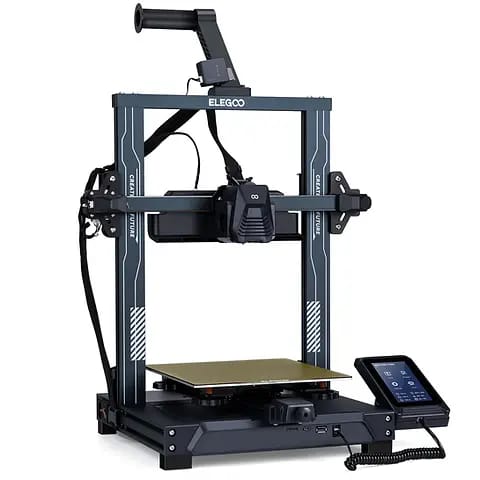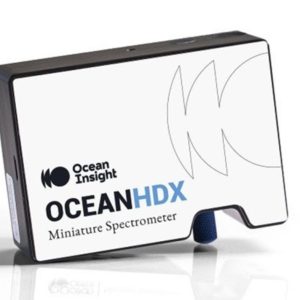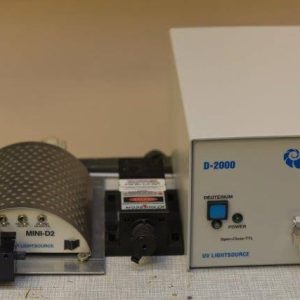Description
Extrusion-Based 3D Printing, also known as Fused Deposition Modeling (FDM) or Fused Filament Fabrication (FFF), is one of the most widely used and accessible additive manufacturing technologies. This process involves the layer-by-layer deposition of thermoplastic material through a heated nozzle to build three-dimensional objects based on digital 3D models.
In an extrusion-based 3D printer, the primary component is the extruder, which feeds a continuous filament—typically made of materials like PLA (Polylactic Acid), ABS (Acrylonitrile Butadiene Styrene), PETG, or other specialized polymers—into a hot end. The hot end heats the filament to its melting point, allowing it to be precisely extruded through a small nozzle onto a build platform (also called a print bed). As the molten plastic is deposited, it quickly cools and solidifies, bonding with previous layers. The print head and build platform move according to programmed toolpaths, guided by G-code instructions derived from slicing the digital 3D model.
This type of 3D printing is popular due to its cost-effectiveness, simplicity, and adaptability. It is extensively used in rapid prototyping, educational settings, hobbyist projects, functional part production, and custom tooling. Furthermore, the technology is scalable—from desktop machines for personal use to large industrial-grade printers capable of printing strong, functional parts.
One of the main advantages of extrusion-based printing is its ability to produce complex geometries with minimal material waste. However, it does have limitations such as surface finish quality, slower speeds compared to other 3D printing methods, and reduced accuracy for highly detailed parts. Nonetheless, ongoing advancements in multi-material extrusion, dual-extruder systems, and improved slicing software continue to expand the capabilities and applications of this technology.
Recent innovations also include extrusion-based bioprinters that use cell-laden hydrogels instead of thermoplastics, making this technique highly valuable in biomedical research and tissue engineering.






Reviews
There are no reviews yet.